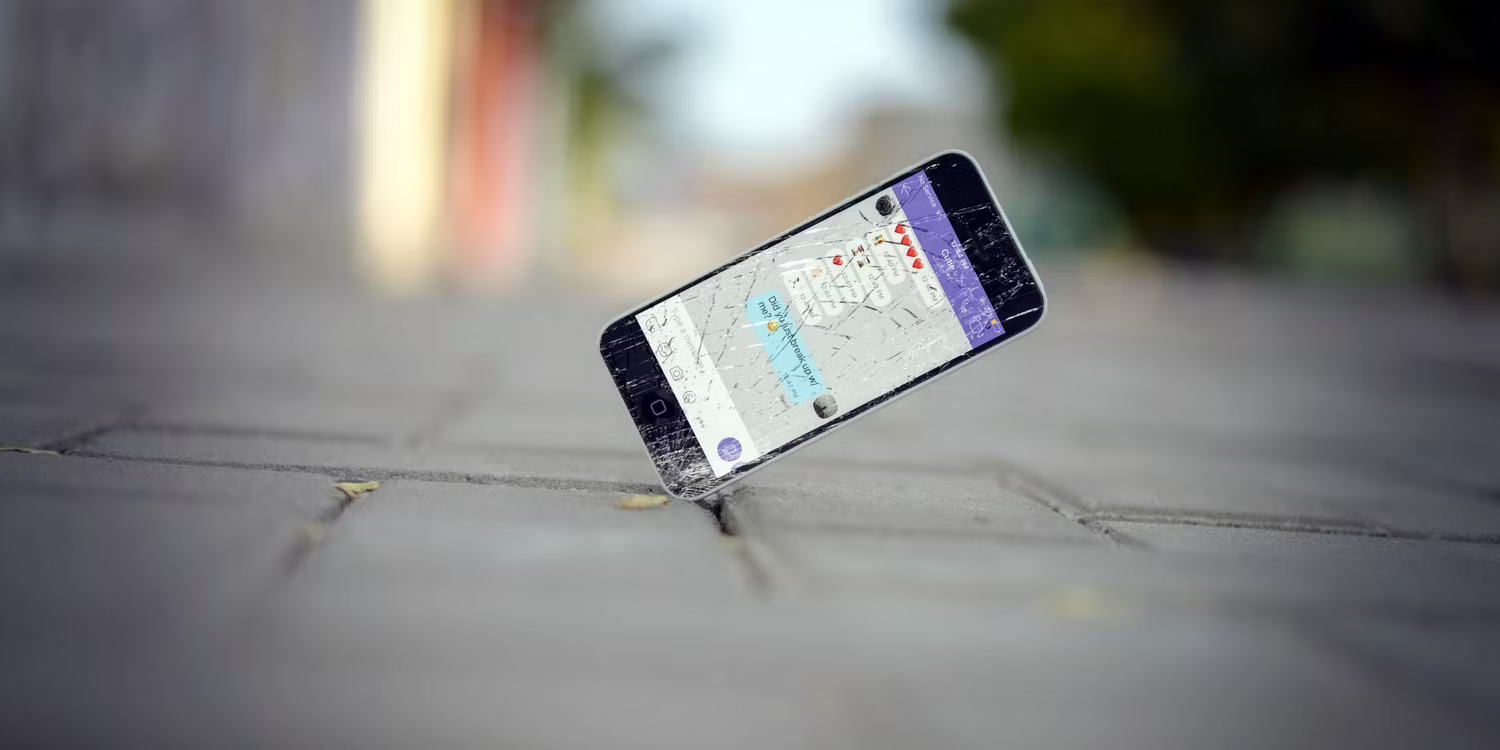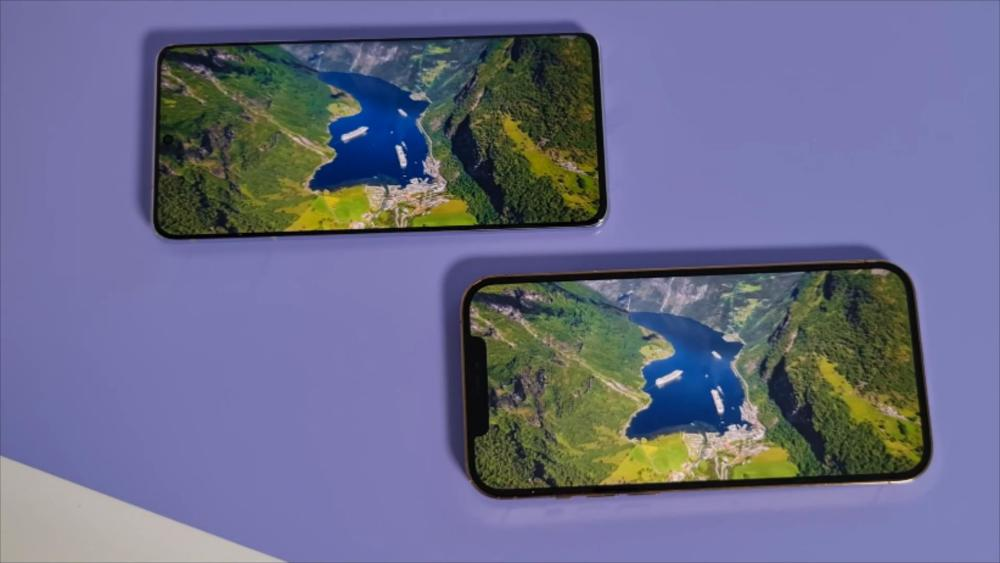Why Do You See Ink in Your Broken Screen?
2022-07-12

When you see ink stains or orbs on the screen, its pixels are dead or damaged. When pressure is applied to a damaged screen, more pixels are affected, causing the 'ink' to spread across the screen.
But is there ink in your screen?No. Here's how it works. There's a screen beneath the glass of your broken phone. Devices use many different types of screens, but the most popular are LCD and OLED.
What Is LCD Screen
LCD stands for Liquid Crystal Display. Liquid crystal is a state of matter that is somewhere between a solid and a liquid. This means that it has the properties of both a liquid and a solid.
LCDs consist of two glass or plastic panels embedded with liquid crystals. LCDs are called passive devices because the liquid crystals themselves cannot produce the image you see on the screen. Instead of emitting light themselves, these liquid crystals are illuminated with a backlight. The liquid crystals change the light ray that passes through them, producing different images and colours on the screen.
What Is OLED Screen
OLED stands for Organic Light Emitting Diode. A light emitting diode is a semiconductor device that acts as a light source and produces light when an electric current flows in. In OLED, the diode contains a thin film of organic compound that emits light when an electric current is passed through it.
OLED displays consist of a flat glass or plastic panel containing a film of organic material between two conductors. Unlike LCDs, OLED displays are known as emissive displays. This is because it does not require a backlight and can emit light on its own.
What Is Pixel?
One thing that these displays have in common is that they all form pixels.
A pixel is the smallest square unit that makes up the image of a monitor or screen. The more pixels a screen has, the higher the resolution.
If a mobile phone has a resolution of 1920x1080 pixels, this means that it has 2073600 individual pixels on the screen. When a pixel is damaged, it becomes dark or dim because it cannot emit or change the light.

So where does the ink effect come from?
One thing to note is that ink diffusion only occurs on LCD screens, because when the screen is damaged, the tube holding the liquid crystal breaks, causing the liquid crystal to bleed through the screen. In an OLED screen, each pixel produces its own light, independent of the other pixels. Therefore, when your screen is damaged, the pixels will disappear, but they will not spread like ink stains.
What to do when you see ink on the screen?
Although a black spot or 'ink' on your phone can be temporarily controlled, it will only continue to spread, damaging more pixels. When you notice this type of damage, the best thing to do is to replace the LCD screen. This can be done in the comfort of your own home.
In our next article, we'll show you how to replace a broken display step by step.



